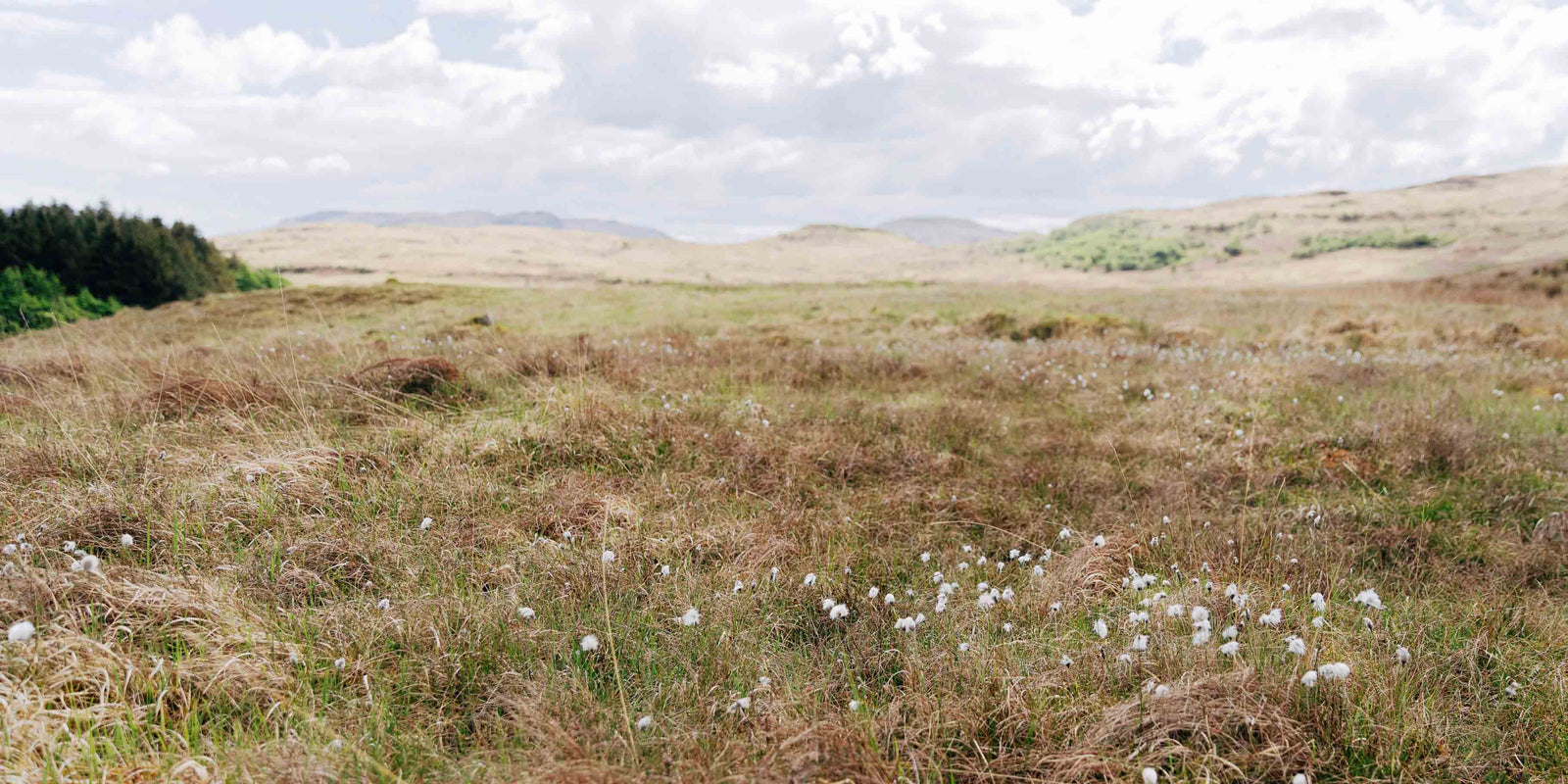
Peatland Restoration
We specialise in restoring peatlands to their natural state to improve biodiversity and ecosystem health to help nature thrive.
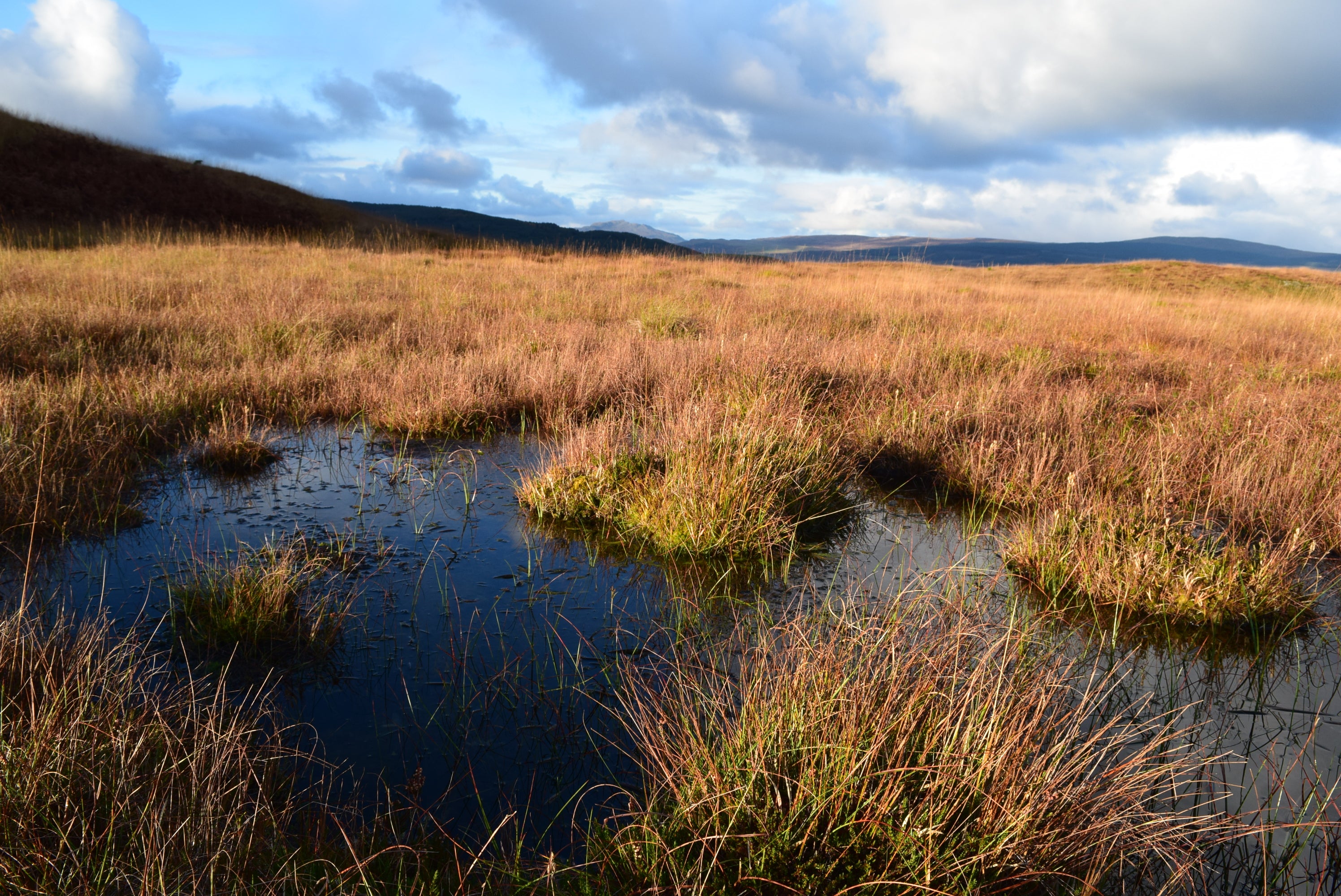
Peatland Restoration
What are peatlands?
Peatlands are carbon-rich wetlands covering 3% of the global land surface and 12% of UK land area.
Waterlogged conditions prevent plant material from fully decomposing and ‘peat’ soil is formed by the partially decayed material. Northern Hemisphere peatlands are mainly mosses, sedges and shrubs. In the UK, there are 3 types of peatland including Blanket bog, Raised bog and Fens.
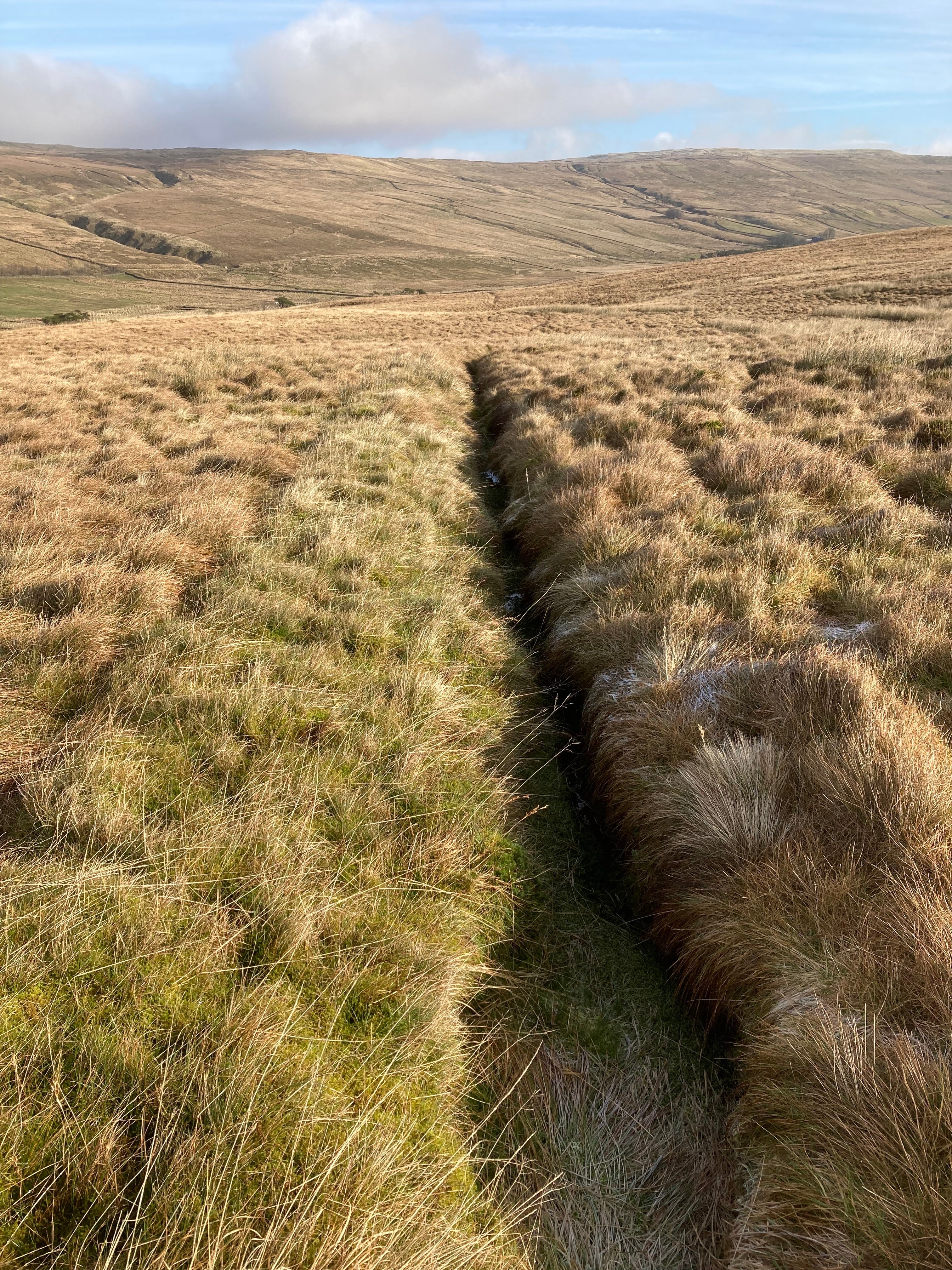
Peatland Restoration
Why are peatlands important?
Peatlands are incredibly carbon-rich ecosystems that play a crucial role in cooling the climate, decreasing flood risk, and promoting biodiversity.In their natural state, peatlands help reduce flooding by slowing down water flow from higher areas and storing excess water in lower regions. Peatlands are vital for various bird species, rare insects, and plants, and contain unique flora and fauna.
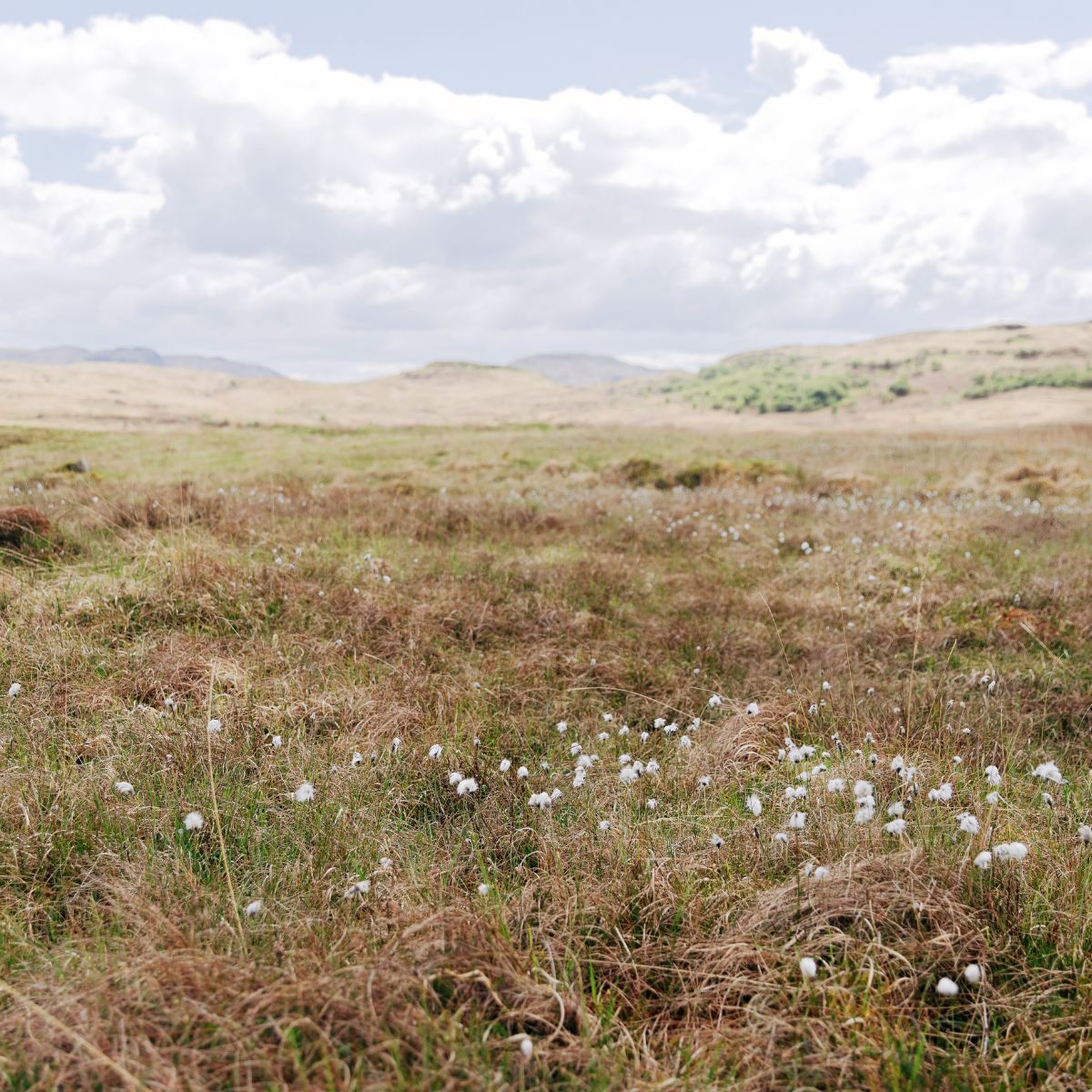
Peatland Restoration
What is peatland restoration?
Peatland restoration involves the process of returning degraded peatlands to a healthier state by implementing measures to improve water levels, reduce erosion, and promote the growth of peat-forming vegetation. This restoration work is crucial for conserving biodiversity, mitigating climate change, and preserving the natural functions of peatlands.
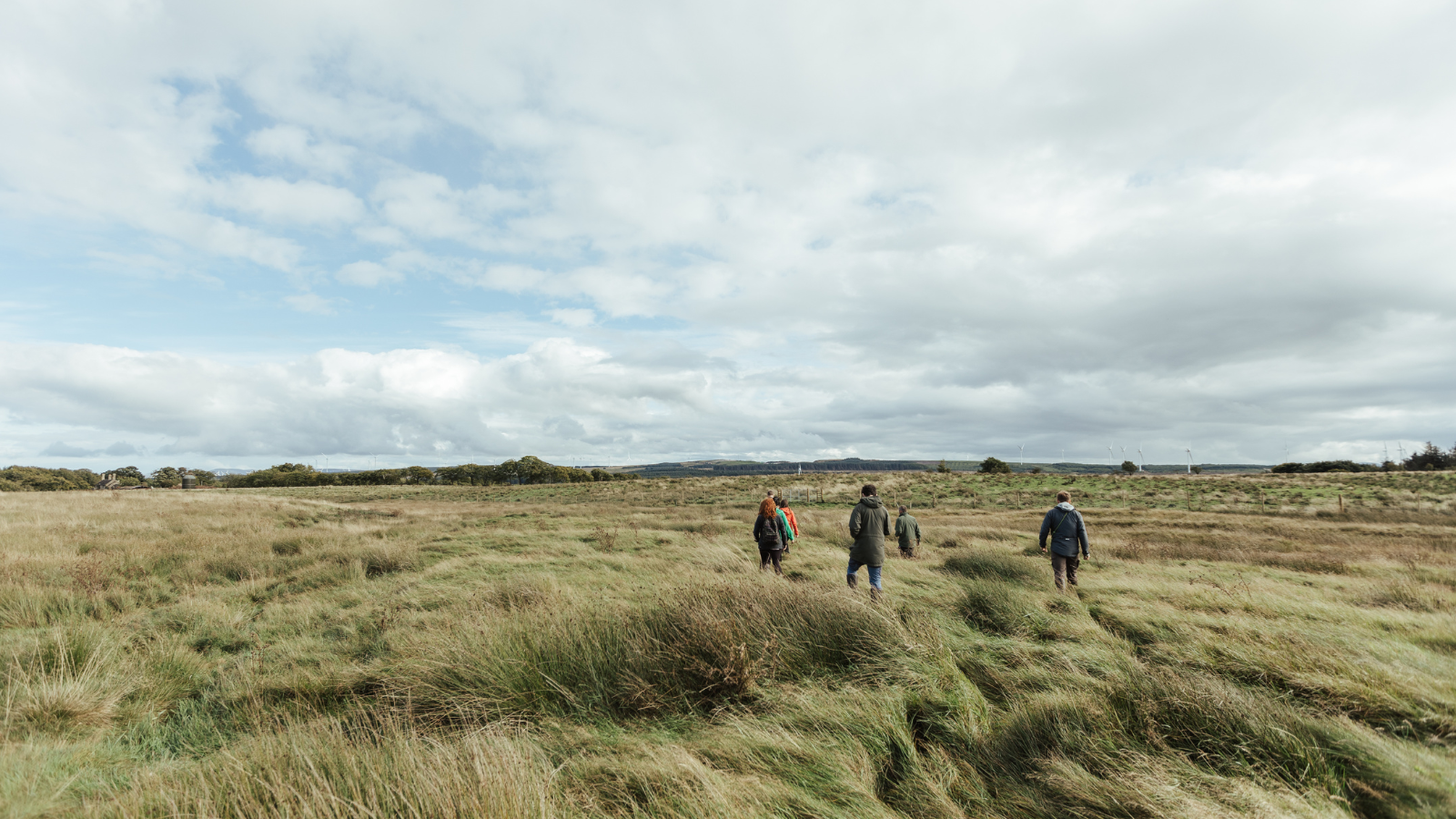
Peatland Restoration
Why do we do peatland restoration in the UK?
Peatland restoration in the UK is important for several reasons. It helps to reduce carbon emissions, improve water quality, and protect biodiversity. By restoring peatlands, we can also create natural flood management and provide habitats for wildlife. Additionally, it can contribute to the UK's commitment to combat climate change and achieve sustainable land management. Peatland restoration is crucial for the environment and the well-being of future generations
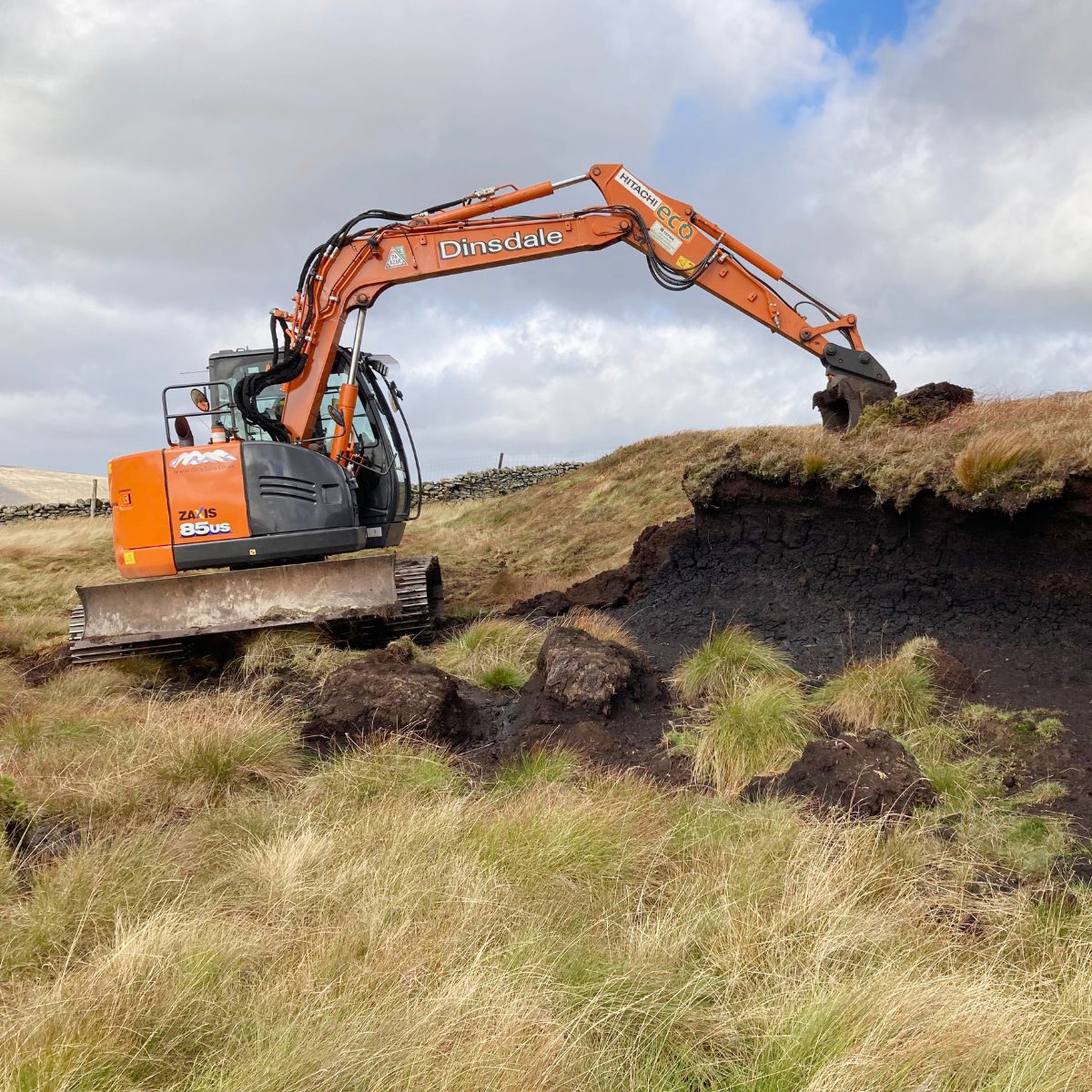
Peatland Restoration Service
What peatland restoration services does The Future Forest Company offer?
Here at The Future Forest Company, we offer a bespoke service, leading you clearly through all the stages of the Peatland Restoration journey from design to completion. Our commercial team can successfully market your project to partner you with businesses that will buy your carbon units at the highest possible price, making the whole process transparent, smooth and trouble free.
We offer:
- Site and desk-based surveys
- Carbon value calculation
- Grant applications
- Contract management
- Peatland Code validation
- Ongoing monitoring, maintenance and verification
- Carbon revenue realisation
Peatland Restoration Case Study: Glenaros Estate, Isle of Mull
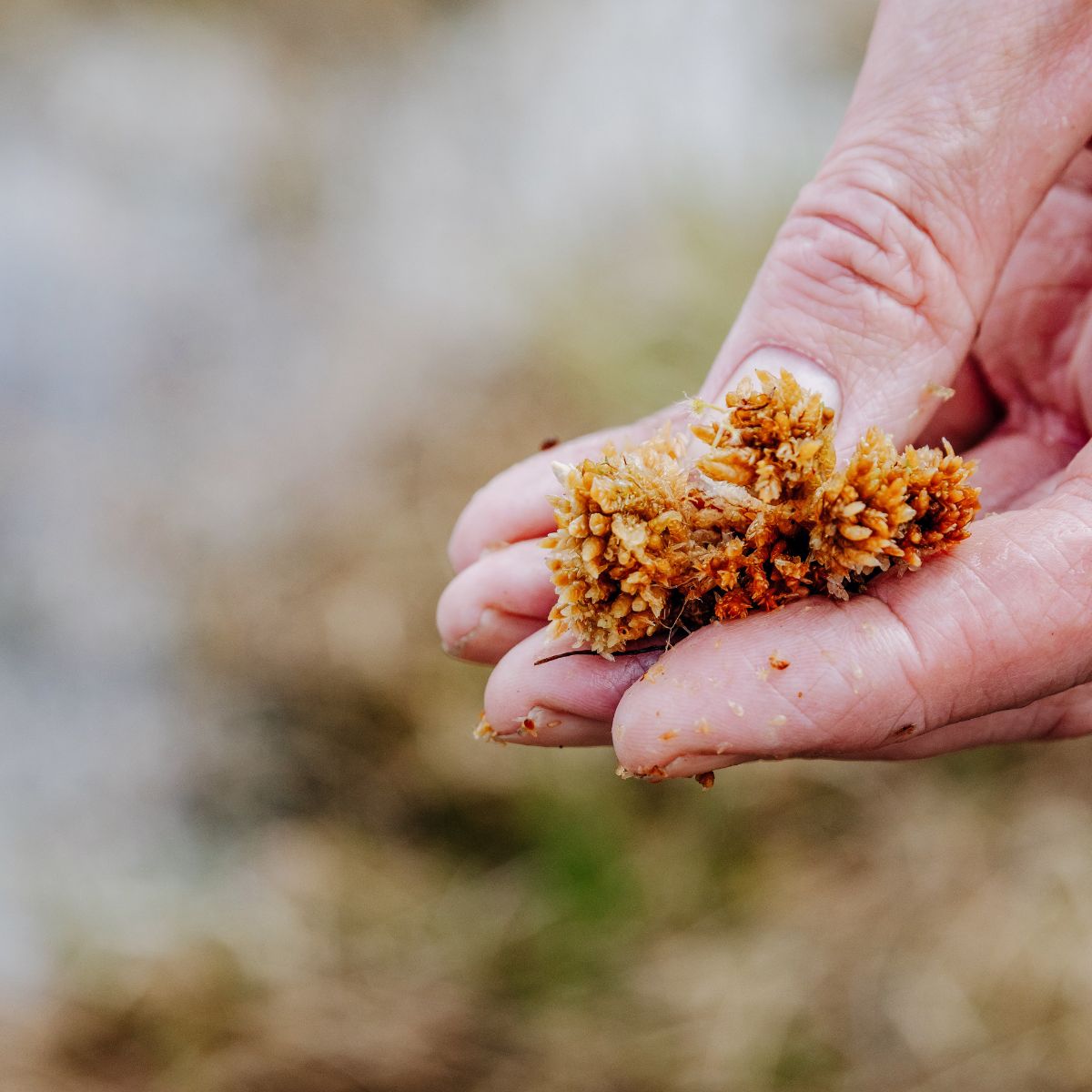
Peatland Carbon
We offer Peatland Carbon validation
As part of our Peatland Restoration service we offer Peatland Code validation. Peatland Code validation refers to the process of verifying and confirming that projects seeking to generate peatland carbon credits are in compliance with the Peatland Code standards and requirements. Our team work on the Peatland Code validation of each project, this ensures that the projects are accurately measuring and monitoring their impact, as well as following the necessary protocols to protect and restore these valuable ecosystems.
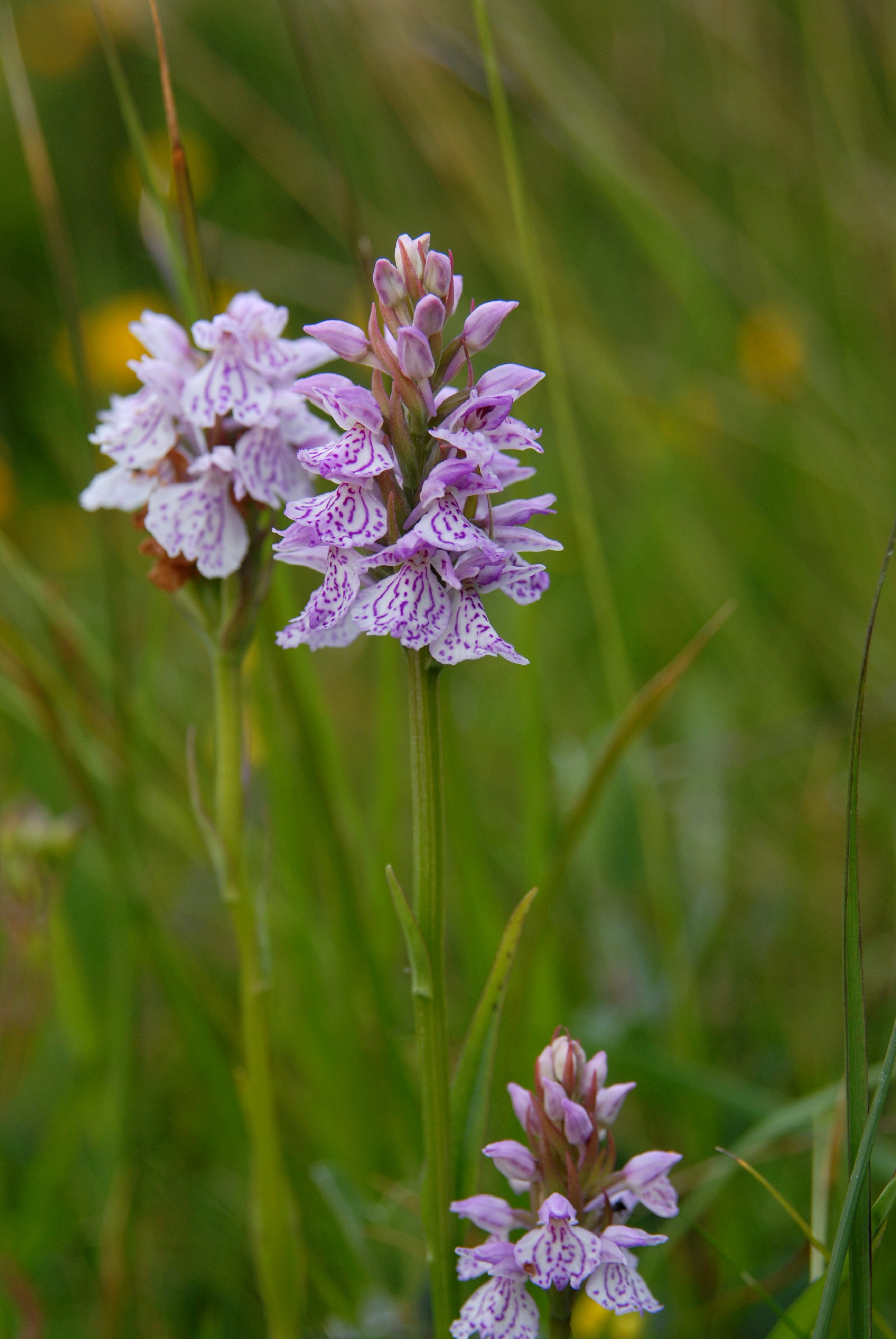
Peatland Restoration Service
Why choose The Future Forest Company to restore your peatland?
Our team of experts are dedicated to restoring peatlands, using restoration best practice, maximising revenue and ecological impact.
- Our team have delivered successful grant funded and Peatland Code validated restoration projects on our own land holdings across Scotland and England.
- Our team provide a trustworthy, flexible and transparent approach to suit your land, business and financial needs.
- We have close working relationships with organisations including Yorkshire Peat Partnership, the Peatland Code, Peatland ACTION and a range of specialised contractors across the country.
- Our expert team will guide you through every step of the process.
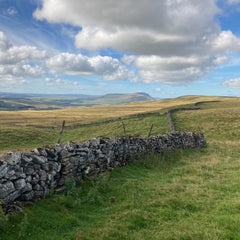
1. The Planning Process
Desk-based surveys using aerial images to identify potential restoration features were undertaken; site surveys were conducted to pinpoint drains, haggs and bare peat areas; a full peat depth survey was completed along with ecological and historic environment surveys.

2. Grant Applications
Our in-house team worked with Yorkshire Peat Partnership to successfully gain funding from Defra’s Nature For Climate Peatland Grant Scheme.
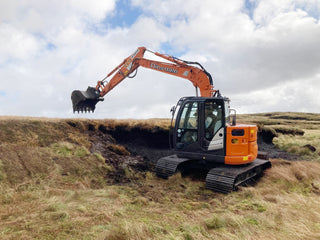
3. The Restoration Process
Ditches were blocked with peat dams to stop organic peat eroding into water courses, helping to raise the water table and create conditions for bog-building vegetation such as sphagnum moss to thrive. Eroding peat haggs were re-profiled and re-vegetated. Areas of bare peat were re-vegetated with turf where possible, or covered with brash cut onsite, seeded and plug-planted with cottongrass to stabilise and re-vegetate the bare peat.
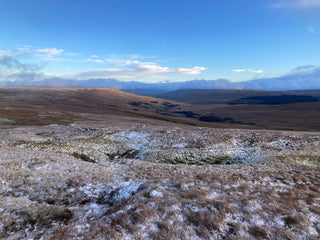
4. Peatland Carbon Validation
The project has been Validated by The Peatland Code verifying the carbon emissions reductions made over the lifetime of the project.
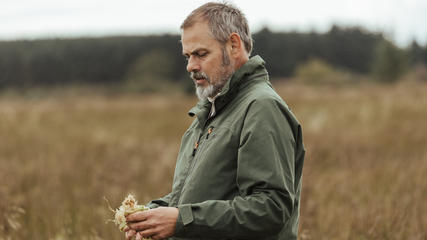
5. Ongoing Monitoring and Maintenance
We are now beginning comprehensive monitoring of restoration success and the work will be Verified 5 years after site work has finished.
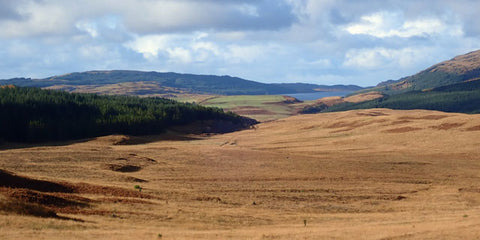
The Results
57.9ha of peatland was successfully restored. The project spanned 15 months in total from surveying, and planning to peatland code validation. Across a project term of 100 years, a reduction of 9499 tCO2e will be made.
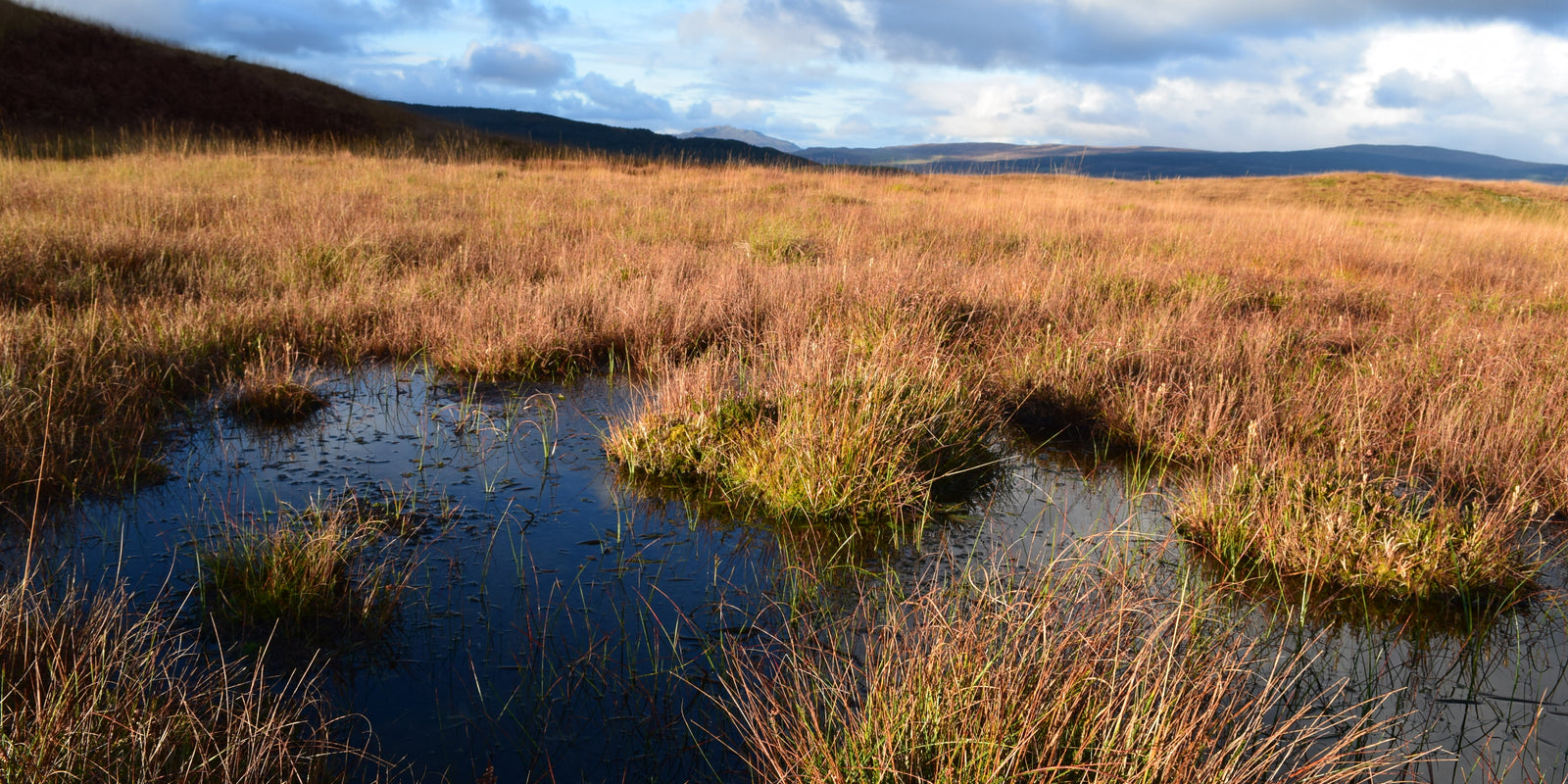
Looking for a peatland restoration service in the UK?
Contact our expert team to explore our peatland restoration services in depth.
Frequently Asked Questions
Why should I restore the peatland on my land?
Restoring the peatland on your land is important for several reasons. First, it helps to mitigate climate change by storing carbon and reducing greenhouse gas emissions. Second, it provides habitat for a variety of plant and animal species, contributing to biodiversity. Lastly, restoring peatland can improve water quality and reduce the risk of flooding in the surrounding area. Restored peatland can also be a fantastic source of income for landowners. Grants are available for peatland restoration work and by registering your project with the Peatland Code, the emissions reductions made will be verified. This generates carbon credits, which can provide a potentially significant income.
How does The Future Forest Company restore peatland?
Restoring peatland involves a variety of techniques such as blocking drainage channels, re-wetting the area, and planting native vegetation to help the peatland recover and thrive. Peatland restoration can also include removing invasive species, controlling wildfires, and implementing sustainable land management practices to protect and preserve the ecosystem.